Disclosure: This article contains affiliate links. We may earn a commission from purchases at no extra cost to you, which helps our travel content.
The moment my feet touched the worn cobblestones of Las Tunas, I felt the rhythm pulsing through the ground like a heartbeat. This unassuming Cuban city—often overshadowed by Havana and Trinidad—holds secrets that only reveal themselves after sunset. At 61, I've danced on five continents, but there's something in the air here that makes movement feel like prayer, connecting strangers across language barriers and generations. Las Tunas taught me that sometimes the most authentic experiences happen in places where tourists rarely venture.
Finding the Rhythm: First Night in Las Tunas
My journey began at Casa de la Trova, where locals gathered nightly in what felt like someone's living room rather than a venue. The space was modest—peeling paint on the walls, mismatched chairs, and ceiling fans spinning lazily overhead—but the music was anything but humble.
I arrived wearing my dance-friendly shoes, which proved essential on the worn wooden floors where I would spend hours each night. As one of the few foreigners, I initially sat observing from the periphery, nursing a 3 CUC mojito that tasted like it contained half the mint plant.
'Bailamos?' asked an elderly gentleman with a smile that crinkled his entire face. His extended hand was an invitation I couldn't refuse. What followed was a masterclass in Cuban son, his patient guidance helping my body find the natural sway that locals seem born knowing. No counting beats or overthinking steps—just connection and feeling.
By midnight, the initial formality had dissolved. Musicians who had been performing took breaks to dance, and dancers occasionally picked up instruments. The boundaries between performer and audience disappeared completely, reminding me that in the most authentic experiences, we are all participants in the sacred circle of creation.

💡 Pro Tips
- Arrive at Casa de la Trova before 9 pm to secure a good spot
- Bring small bills (1-3 CUC) for drinks and musician tips
- Don't be shy about accepting dance invitations—locals love sharing their culture
The Hidden Speakeasy: El Discreto
On my second evening, a local dance partner from the previous night whispered about El Discreto—a speakeasy-style bar hidden behind an unmarked blue door in a residential area. 'How will I find it?' I asked. 'Listen for the music,' he replied with a wink.
Following his directions led me down darkened streets where families sat on porches fanning themselves in the evening heat. Just when I thought I'd taken a wrong turn, I heard it—the unmistakable sound of a trumpet piercing the night air.
The blue door revealed a courtyard transformed into an intimate performance space. Christmas lights strung overhead created a canopy of stars, and mismatched vintage furniture gave the impression of being in someone's carefully curated collection. I settled into a worn leather chair, my linen fan becoming my constant companion in the humid night air.
What makes El Discreto special isn't just the music but the crowd—a fascinating mix of local artists, musicians on their night off, and the occasional in-the-know traveler. Here, I witnessed impromptu jam sessions where classical training melded with street-learned percussion, creating sounds I'd never encountered in more commercial venues.
The owner, Elena, a former ballet dancer with silver hair pulled into a tight bun, served drinks herself. 'In Cuba,' she told me while pouring a surprisingly good local rum, 'we dance because we must. It's not entertainment—it's conversation.'
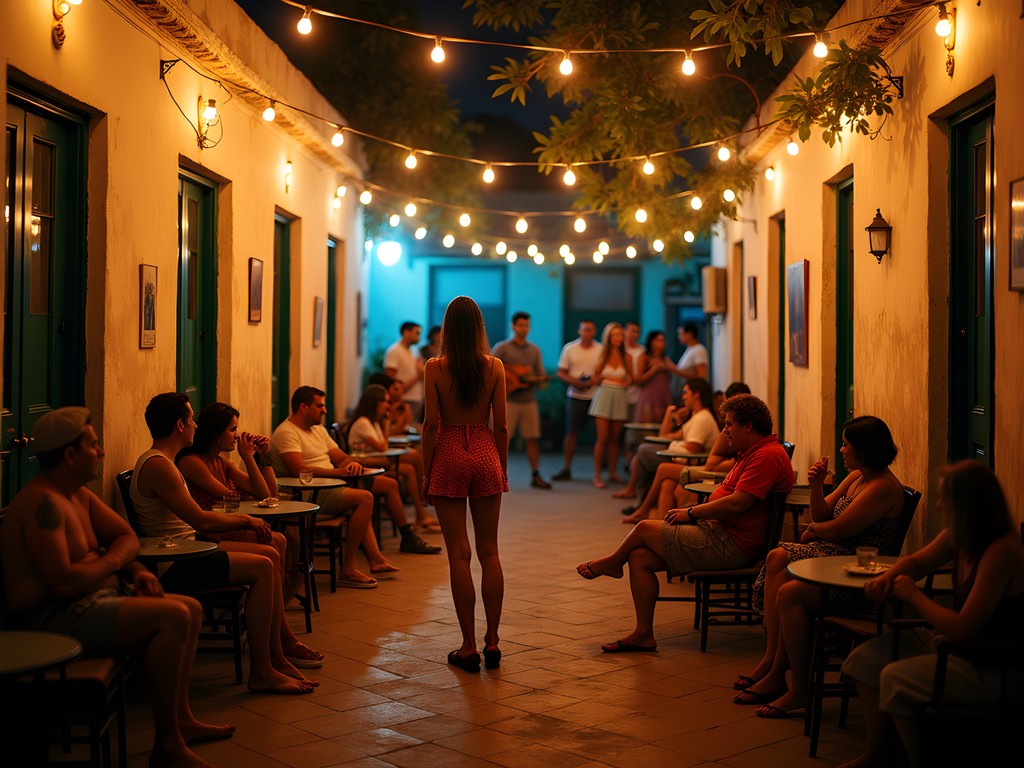
💡 Pro Tips
- Ask trusted locals for directions rather than searching online
- Bring a small flashlight for navigating dark streets
- Order the house special rum—it's aged locally and not available elsewhere
Dancing Under the Stars: Plaza Martiana
For those seeking a more accessible entry to Las Tunas nightlife, Plaza Martiana offers weekend dancing under open skies. Unlike the intimate venues I'd visited earlier, this public square transforms into a multigenerational gathering where entire families—from toddlers to grandparents—move together in rhythm.
I arrived around 9 pm on Saturday, when the municipal band was setting up their equipment. By 10, the square had filled with hundreds of locals dressed in their weekend best. Women wore flowing skirts that became extensions of their movements, and men sported pressed shirts despite the humidity. I felt slightly underdressed until a group of women in their sixties motioned me to join their circle.
'You need proper hydration for Cuban dancing,' one insisted, handing me a water bottle filled with a sweet homemade fruit punch (with a generous splash of rum). This became my essential companion through hours of dancing.
What struck me most was how the music created temporary families. Complete strangers formed dance circles, teaching each other steps across language barriers. Children danced with elders, teenagers paired with tourists, and for brief moments, all social distinctions dissolved in the shared joy of movement.
As midnight approached, the formal band gave way to a more improvised gathering. Someone produced a cajón drum, another a guitar, and the music became more raw and participatory. Under stars brighter than any city dweller could imagine, we danced until my moisture-wicking dress was damp with exertion and my heart full of connection.

💡 Pro Tips
- Bring your own water or beverages as options around the plaza are limited
- Wear breathable fabrics—the dancing gets energetic and temperatures stay warm
- Come with an open heart—you'll likely be invited to join family groups
Sacred Rhythms: Afro-Cuban Spiritual Traditions
As a chaplain who's spent decades exploring the intersection of spirituality and movement, Las Tunas offered me a profound gift on my final night—an invitation to witness a genuine Santería ceremony in a local practitioner's home.
My guide was Magdalena, a 70-year-old dancer I'd met at Casa de la Trova who recognized my interest in the spiritual aspects of Cuban dance. 'What you see in tourist shows is not the real thing,' she explained. 'Tonight, I will show you how we speak to our ancestors through movement.'
The ceremony took place in a modest home on the outskirts of town, where I was welcomed with surprising warmth. I brought a head scarf as Magdalena had advised—women typically cover their hair during ceremonies. The room was arranged around a small altar adorned with candles, flowers, and offerings of fruit and rum.
What followed was unlike any dance performance I'd witnessed. Three drummers created complex polyrhythms that seemed to bypass my mind and speak directly to my body. Dancers didn't perform for an audience but rather entered trance-like states, their movements becoming increasingly fluid and sometimes animal-like as the night progressed.
'The orishas speak through the body,' Magdalena whispered as we watched a woman in white move with such abandon that it appeared she was no longer consciously controlling her movements. 'This is not entertainment—it is conversation with the divine.'
As a spiritual practitioner myself, albeit from a different tradition, I recognized the universal human yearning to transcend ordinary consciousness through rhythm and movement. In that humble living room, I witnessed dance in its most primal and sacred form—not as performance but as prayer.


💡 Pro Tips
- Never photograph spiritual ceremonies without explicit permission
- Bring a small gift (fruit, flowers, or rum) when invited to a home ceremony
- Respect the sacred nature of these events by participating only when genuinely invited
Final Thoughts
As my bus pulled away from Las Tunas, I watched the city recede with the bittersweet feeling of leaving a place that had transformed me. At 61, I've learned that travel's greatest gift isn't checking destinations off a list but allowing ourselves to be changed by the rhythms we encounter.
Las Tunas reminded me why I started this journey of exploring dance across cultures—because in movement, we find our common humanity. Whether in the tourist-friendly Plaza Martiana or the sacred space of a Santería ceremony, dance creates temporary communities where language barriers dissolve and connections form across differences.
For mature travelers wondering if nightlife experiences are still accessible, I offer this: in Cuba, age brings respect rather than irrelevance. The elders were often the most celebrated dancers, their bodies carrying decades of rhythm and story. Here, nightlife isn't about youth or appearance but about participation in collective joy.
So pack those comfortable dance shoes, bring an open heart, and allow yourself to be guided by the rhythm. In Las Tunas, the music will find you—and when it does, don't hesitate to answer its call.
✨ Key Takeaways
- Las Tunas offers authentic Cuban nightlife experiences with minimal tourism
- Dance creates connections across language barriers and generations
- The most meaningful experiences often happen through local connections and invitations
- In Cuban culture, elders are respected participants in nightlife, not excluded from it
📋 Practical Information
Best Time to Visit
November-April (dry season)
Budget Estimate
$30-50/day including accommodation and entertainment
Recommended Duration
3-4 days
Difficulty Level
Easy
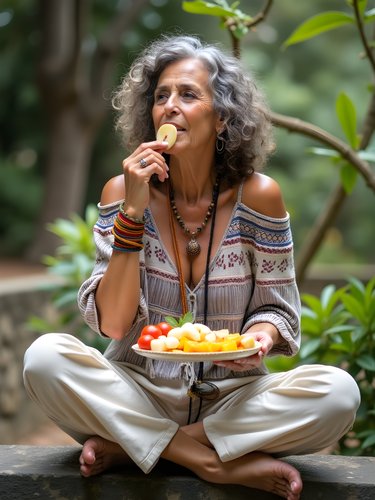
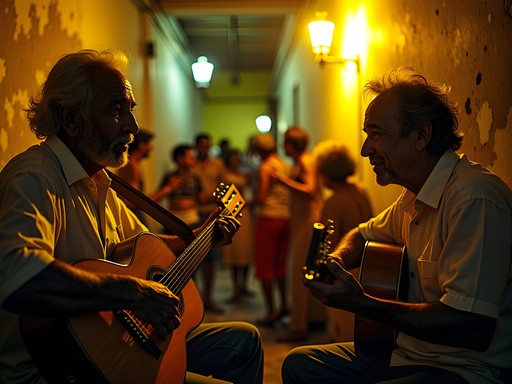
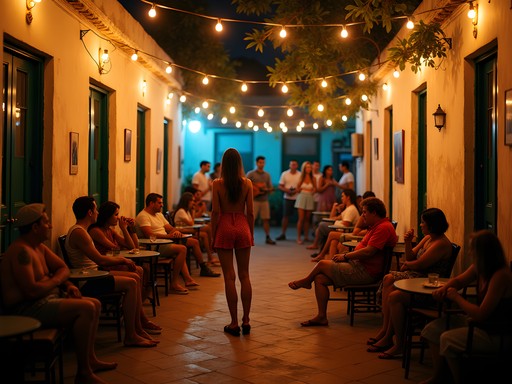
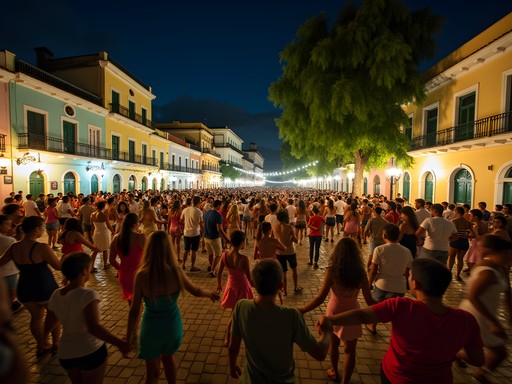
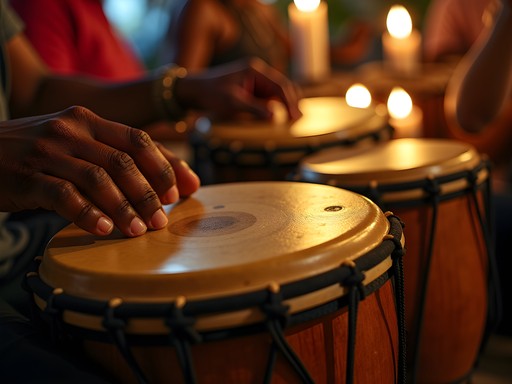



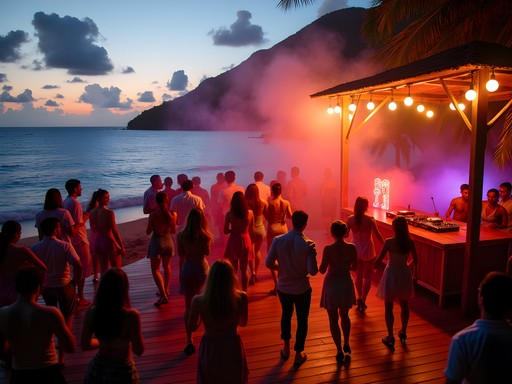
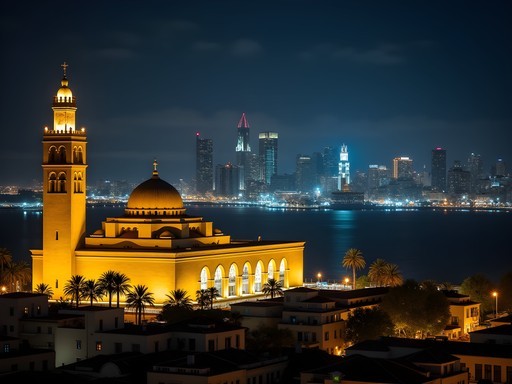
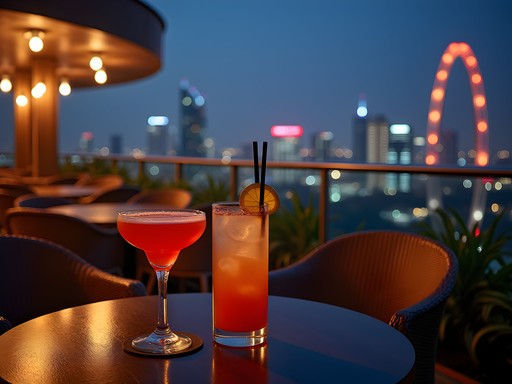
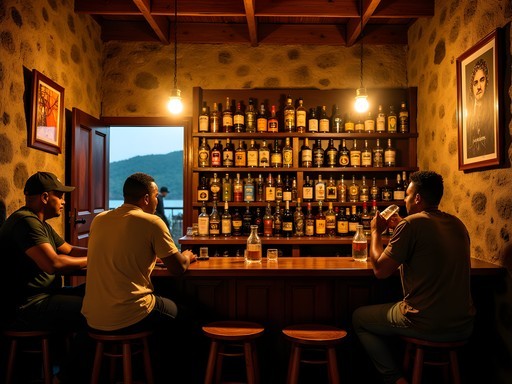
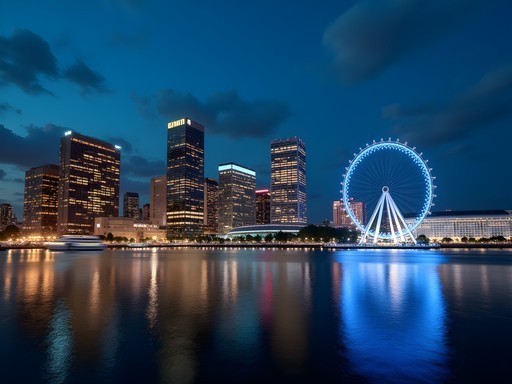
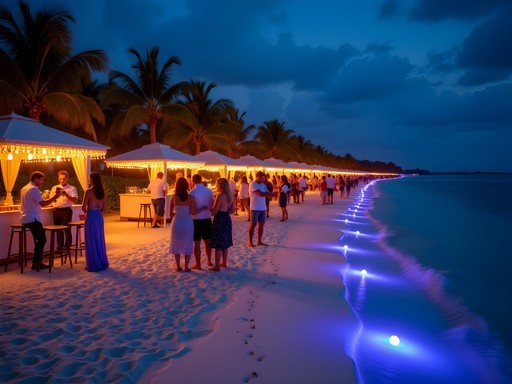
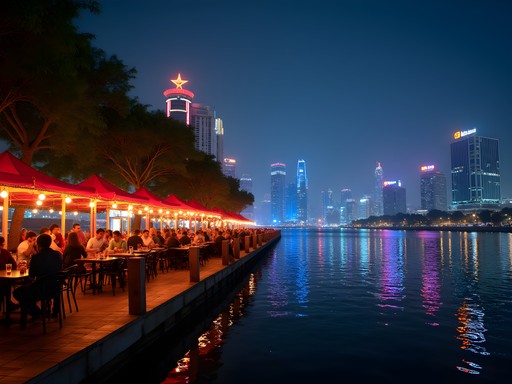
Comments
Fatima Sims
Willow, I love how you captured the multigenerational aspect of Cuban dance culture! When I visited Las Tunas last spring, I was blown away by how dancing isn't just entertainment but the lifeblood of the community. I had the privilege of attending a family gathering where great-grandparents danced alongside toddlers, everyone moving to the same rhythm regardless of age. For anyone planning to visit: bring cash (no ATMs that work with foreign cards), comfortable dance shoes (those cobblestones are uneven!), and a humble attitude. The locals can spot tourist entitlement from a mile away, but they're incredibly welcoming if you come with respect. Oh, and don't miss the tiny juice stand near Plaza Martiana that sells the most incredible guava smoothies each morning - perfect for recovering from a night of dancing! Has anyone else found that the best nightlife spots are the ones without signs or social media presence?
hikinghero
Always! The best spots are never on TripAdvisor. That juice stand saved my life after too many mojitos!
SalsaQueen
That photo of the elderly couple dancing in the plaza is EVERYTHING! You can feel their joy through the screen!
Frank Garcia
For those interested in the Afro-Cuban spiritual traditions mentioned, I'd recommend visiting during the San Lazaro festival (December 17). Las Tunas has smaller but more accessible ceremonies compared to Havana, where you can observe authentic Santería practices. The syncretism between Yoruba traditions and Catholic elements is fascinating. Just remember to approach with respect - these aren't tourist performances but genuine spiritual practices.
TravelingTeacher
Thanks for this tip! Is it appropriate to take photos during these ceremonies?
Frank Garcia
Always ask permission first. Some ceremonies prohibit photography entirely, while others allow it during certain portions. Best practice is to experience without a camera initially and build rapport with participants before requesting photo permission.
luckyseeker5085
Those Afro-Cuban spiritual traditions sound fascinating! Added to my bucket list!
Taylor Moreau
Excellent portrayal of Las Tunas' nightlife, Willow. I visit Cuba quarterly for business and can confirm that Las Tunas offers one of the most authentic experiences on the island. For those planning to visit, I recommend contacting Casa de Cultura for their monthly performance schedule - they often host impromptu jam sessions with local musicians that don't appear in any guidebooks. Also, while the nightlife is vibrant, remember that power outages are common in provincial Cuban cities. A small flashlight is essential for navigating those cobblestone streets when returning to your accommodation after dark.
Willow Powell
Great tip about Casa de Cultura, Taylor! I caught one of those jam sessions by pure luck - truly a highlight of my trip. And yes to the flashlight recommendation!
DanceAddict
Your description of the Afro-Cuban rhythms gave me chills! Booking tickets NOW!
globebuddy
Your post brought back so many memories! We visited Las Tunas last December and stumbled upon El Discreto too! That bartender with the handlebar mustache (Ernesto?) makes the best mojitos in all of Cuba. One tip for anyone going - we found that bringing small gifts like pencils or simple toiletries to share with locals opened up so many authentic experiences. We ended up being invited to a family gathering where an 80-year-old grandmother taught my husband to dance salsa properly! Also, my Havana & Western Cuba guidebook barely mentioned Las Tunas, which is probably why it remains so authentic.
hikinghero
Great post! I've been to Havana twice but never considered Las Tunas. How authentic is it compared to the more touristy spots? Are there still places where locals actually go or has it become a tourist show?
Fatima Sims
Not the author but I can chime in! Las Tunas is MUCH more authentic than Havana. I was there in March and barely saw other tourists. The venues Willow mentioned are 95% locals. The difference is night and day compared to the choreographed 'authentic' experiences in Havana.
escapeking
Planning a trip to Cuba next year. Is Las Tunas worth spending 2-3 days?
Willow Powell
Absolutely! I'd recommend 3 days minimum to really soak in the atmosphere. Make sure to catch both weekend and weekday nightlife - they have different vibes. And don't miss the morning markets too - different rhythm but equally authentic!
beachmaster
Those Plaza Martiana nights sound incredible! Love how you captured the energy!
Venture X
Premium card with 2X miles, $300 travel credit, Priority Pass